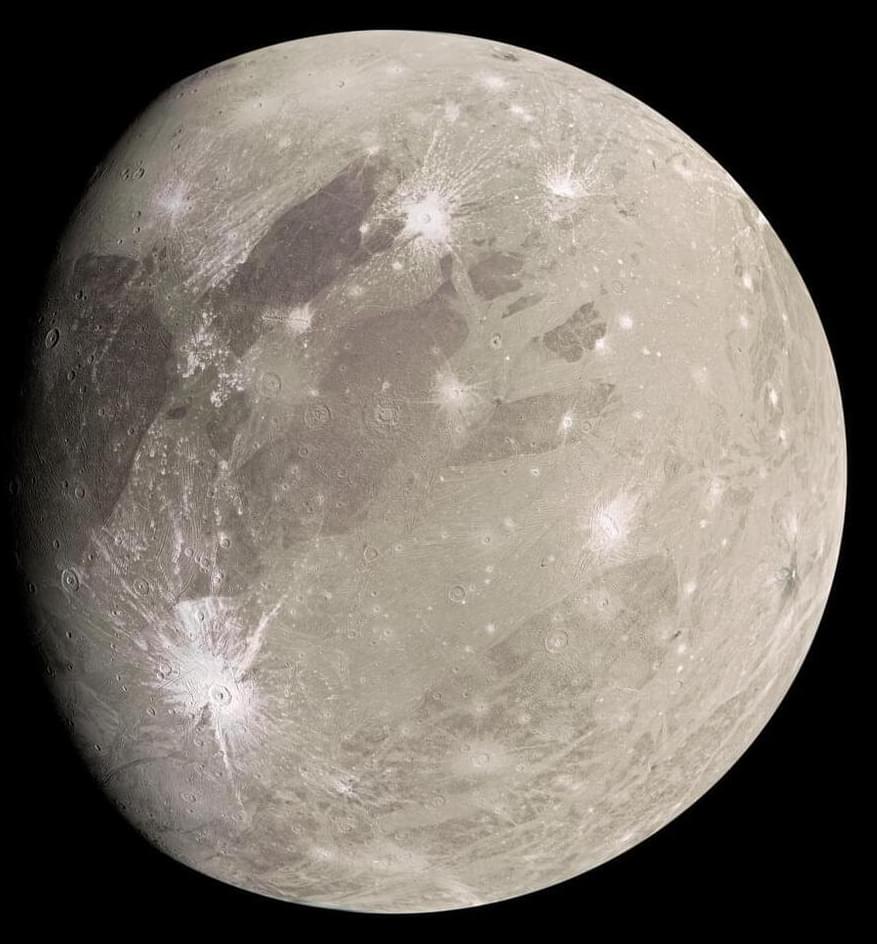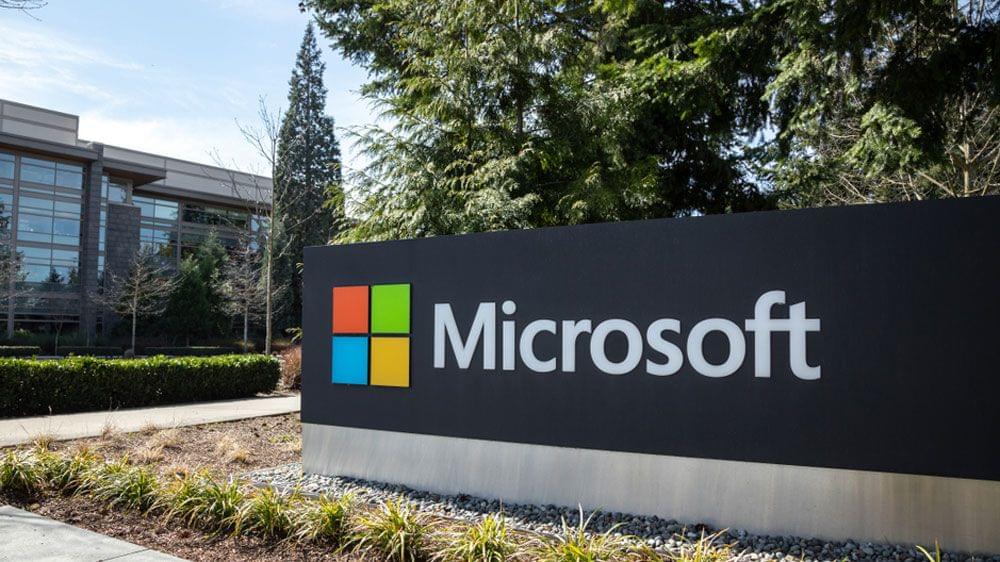One mathematical tweak could turn theoretical physics on its head.



New research shows that the “superluminal observer” needs three separate time dimensions for a warp-speed math trick that would please even Galileo.
TL;DR
The concept of superluminal observers, proposed by Andrzej Dragan’s team, explores how faster-than-light travel might unify general relativity and quantum mechanics. By introducing three dimensions of time alongside one dimension of space, this research challenges our current understanding of the universe. Quantum phenomena, such as superposition and indeterminism, could be reinterpreted through the lens of a superluminal observer, where space and time swap roles at warp speeds. This theoretical framework suggests that the laws of physics remain consistent even at superluminal speeds, potentially paving the way for a unified field theory that reconciles these two fundamental branches of physics.

How did a giant impact 4 billion years ago affect Jupiter’s moon, Ganymede? This is what a recent study published in Scientific Reports hopes to address as a researcher from Kobe University investigated the geological changes known as a “furrow system” that Ganymede has exhibited since being struck by a giant asteroid in its ancient past, along with confirming previous hypotheses regarding the size of the asteroid. This study holds the potential to help scientists better understand how the very-active early solar system not only contributed to Ganymede’s but how such large impacts could have influenced the evolution of planetary bodies throughout the solar system.
“The Jupiter moons Io, Europa, Ganymede and Callisto all have interesting individual characteristics, but the one that caught my attention was these furrows on Ganymede,” said Dr. Naoyuki Hirata, who is an assistant professor in the Department of Planetology at Kobe University and sole author of the study. “We know that this feature was created by an asteroid impact about 4 billion years ago, but we were unsure how big this impact was and what effect it had on the moon.”
For the study, Dr. Hirata used a series of mathematical calculations to ascertain the size of the object that impacted Ganymede billions of years ago along with the angle of impact that produced the furrow system. In the end, Dr. Hirata determined that the impactor’s radius was approximately 93 miles (150 kilometers) and the angle of impact was potentially between 60 to 90 degrees, resulting in the furrows that overlay a significant portion Ganymede’s surface. For context, Ganymede is not only the largest moon in the solar system at a radius of 1,637 miles (2,634 kilometers), but it is also larger than the planet Mercury.
From the article:
When Saha and Sinha took a closer look at the resulting equations, they realized that they could express the number pi in this way, as well as the zeta function, which is the heart of the Riemann conjecture, one of the greatest unsolved mysteries in mathematics.
Two physicists have come across infinitely many novel equations for pi while trying to develop a unifying theory of the fundamental forces.
The number pi (π) appears in the most unlikely places. It can be found in circles, of course—as well as in pendulums, springs and river bends. This everyday number is linked to transcendental mysteries. It has inspired Shakespearean thought puzzles, baking challenges and even an original song. And pi keeps the surprises coming—most recently in January 2024, when physicists Arnab Priya Saha and Aninda Sinha of the Indian Institute of Science presented a completely new formula for calculating it, which they later published in Physical Review Letters.

More details of OpenAI’s secretive Project Strawberry have dropped, including its expected release date and the areas it will specialize in.
A recent report in The Information quotes “two people who have been involved in the effort”, and goes on to say that Project Strawberry could drop this Fall, and be better at math and programming than any chatbot we’ve seen so far.

The summer holidays are ending, which for many concludes with a long drive home and reliance on GPS devices to get safely home. But every now and then, GPS devices can suggest strange directions or get briefly confused about your location. But until now, no one knew for sure when the satellites were in a good enough position for the GPS system to give reliable direction.

Measurement in quantum mechanics presents unique challenges. Observing one particle in an entangled pair determines the states of both, leading to critical inquiries: What constitutes a ‘measurement,’ and how does it influence our understanding of reality?
The complex mathematics underpinning quantum mechanics — incorporating concepts like Hilbert spaces, wave functions, and operators — can be intimidating, rendering entanglement less accessible to many.
Simply put, quantum entanglement is just too complicated for most people to fully understand. It defies classical intuitions, involves sophisticated mathematics, and urges us to reevaluate our understanding of reality.
Our universe is defined by the way it moves, and one way to describe the history of science is through our increasing awareness of the restlessness of the cosmos.
For millennia the brightest scientific minds in Europe and the Middle East believed that the Earth was perfectly still and that the heavens revolved around it, with a series of nested crystal spheres carrying each of the heavenly objects. Those early astronomers busied themselves with attempts to explain and predict the motion of those objects – the Sun, the Moon, each of the known planets, and the stars. Those predictions were excellent, and their systems able to explain the data well into the 16th century.
But that cosmological system of motion, initially developed by Claudius Ptolemy in the 2nd century, wasn’t perfect. In fact, it was an ungainly mathematical mess, relying on small circular orbits nested within larger ones, with some centered on the Earth and some centered on other points. On his deathbed in 1,543, the Polish astronomer Nicolas Copernicus published On the Revolutions of the Heavenly Spheres, a radical reformulation of the old Ptolemaic system that put the Sun at the center of the universe – still and motionless – with the Earth set in motion around it along with all the other planets.

Mathematicians at Loughborough University have turned their attention to a fascinating observation that has intrigued scientists and cocktail enthusiasts alike: the mysterious way ouzo, a popular anise-flavored liquor, turns cloudy when water is added.